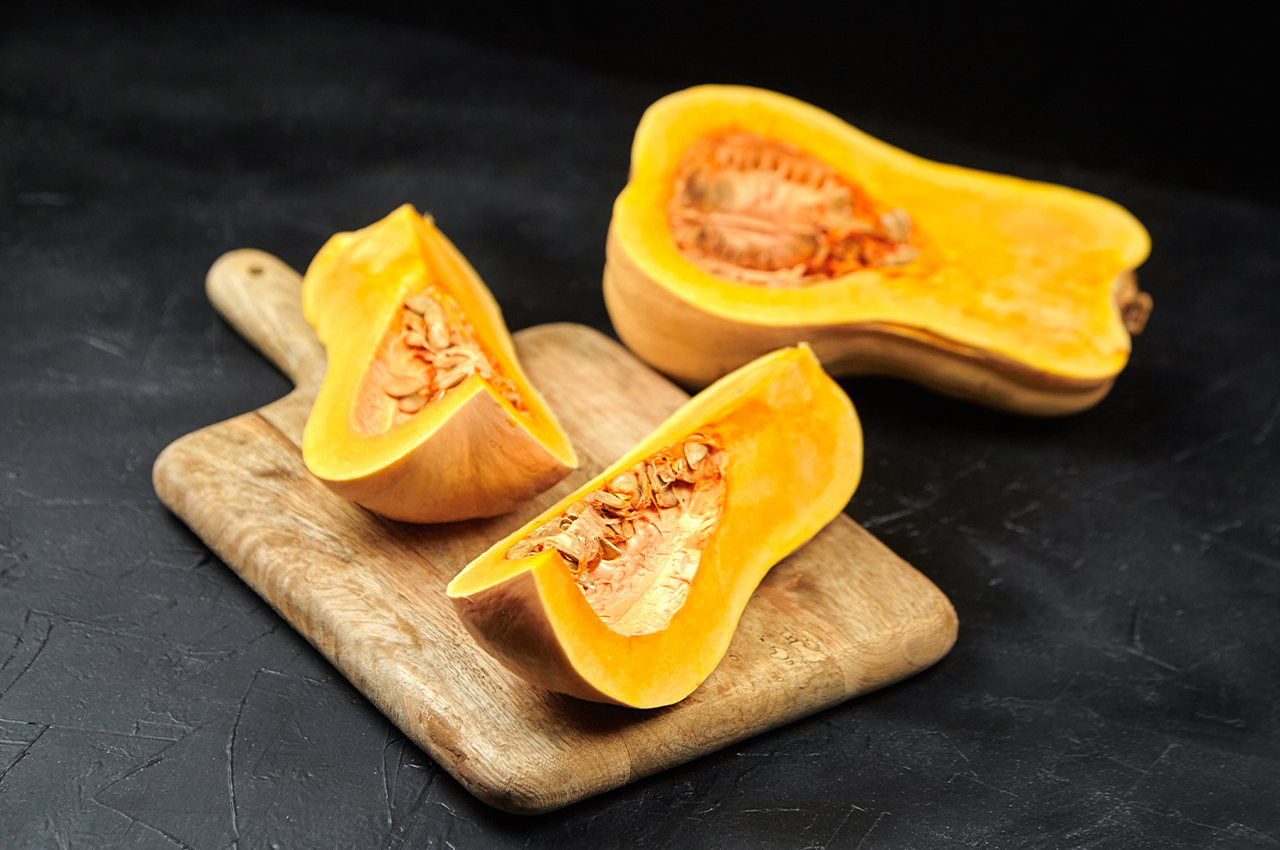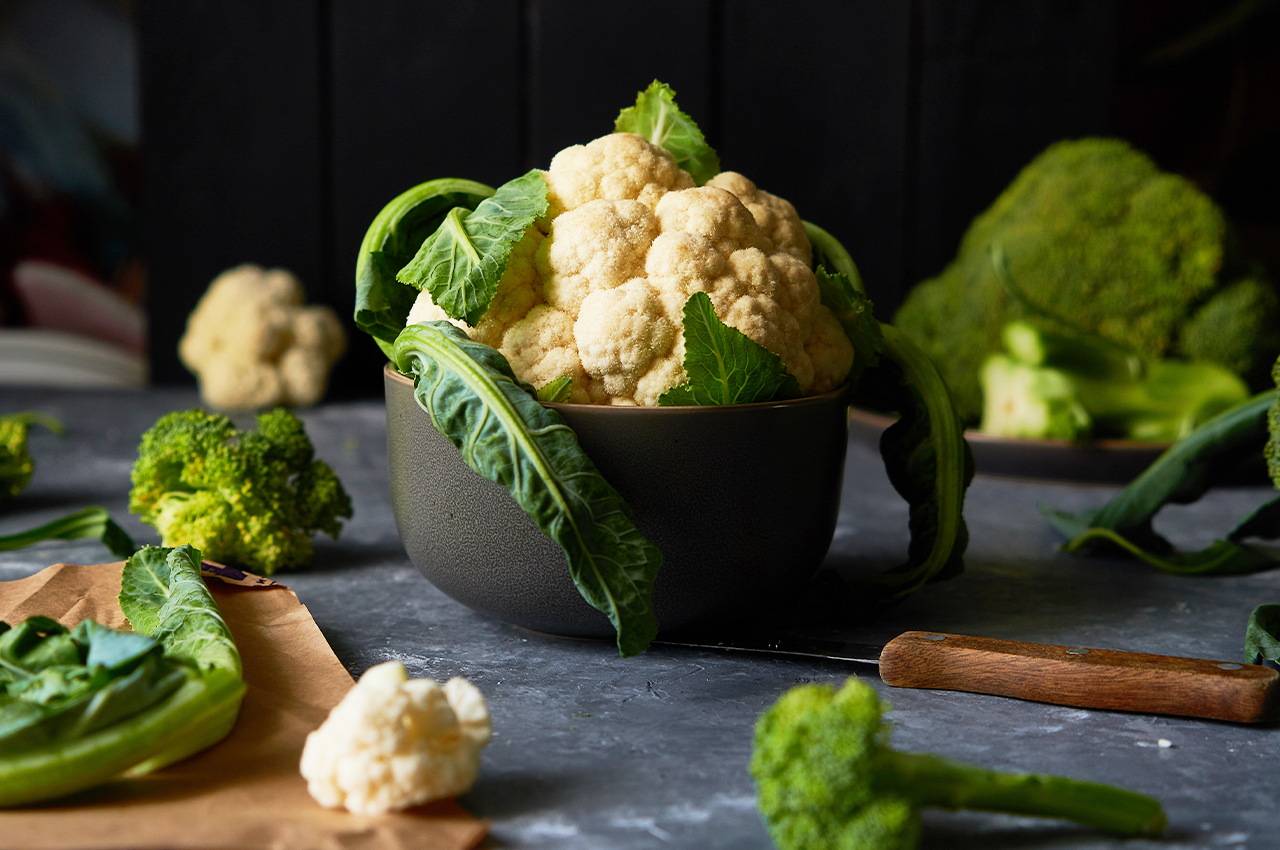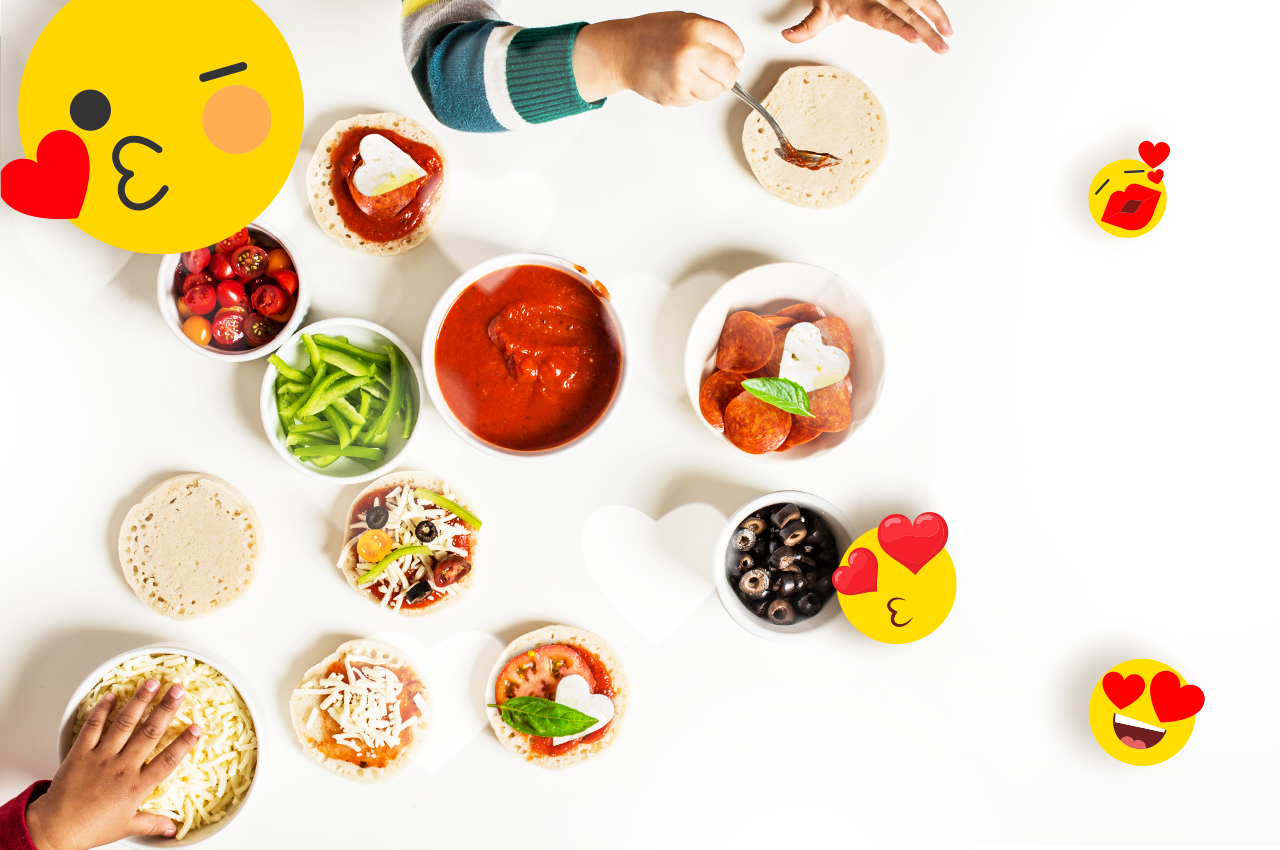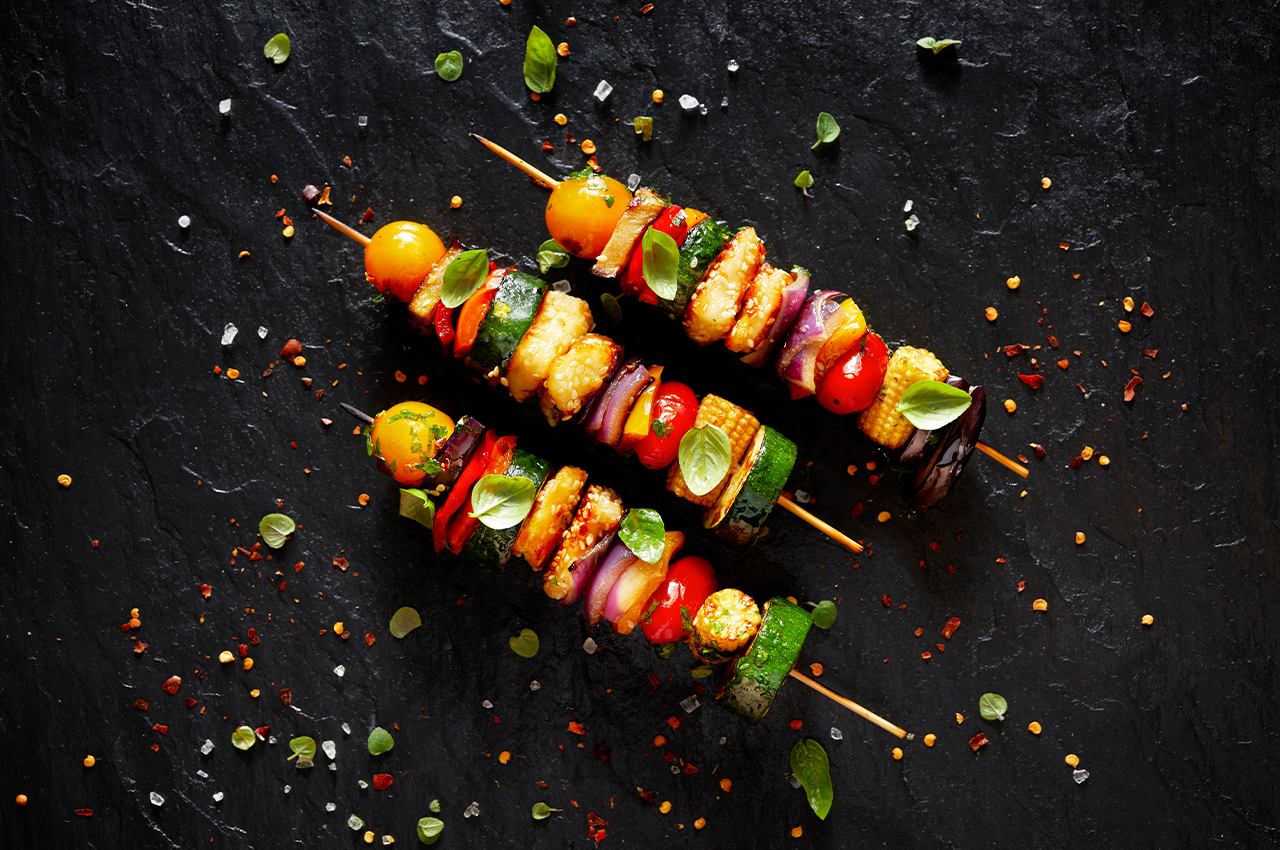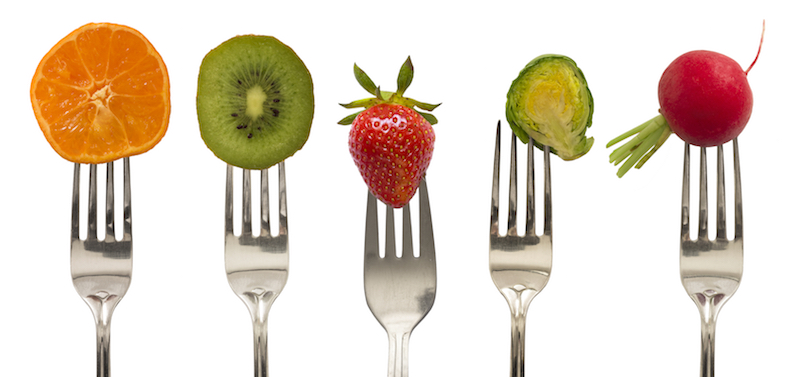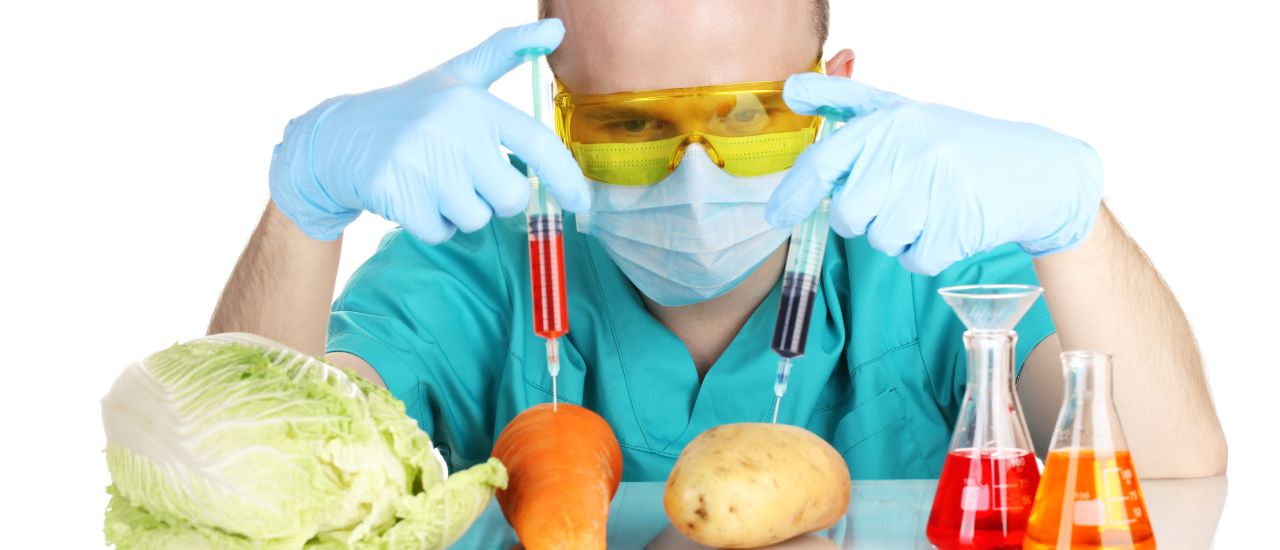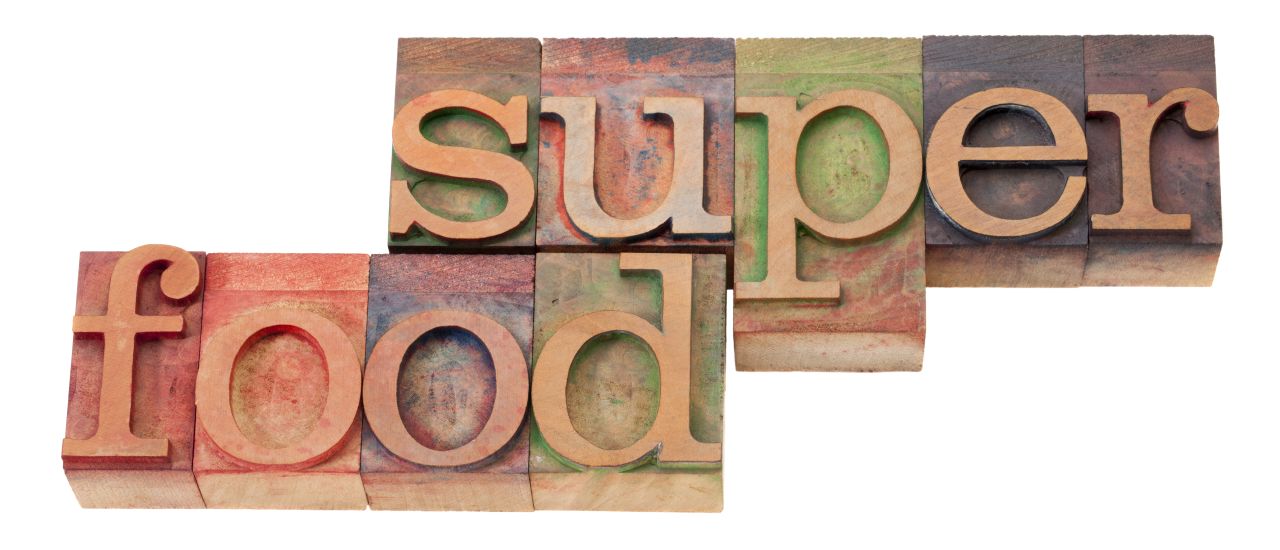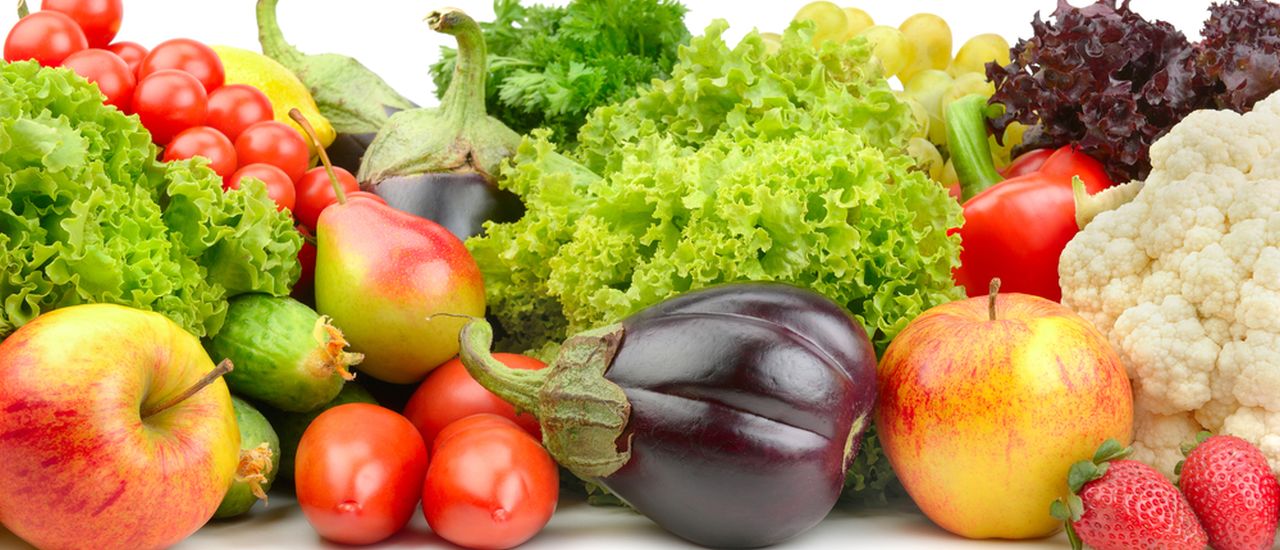Butternut, a squash loaded with vitamin C, minerals, and disease-fighting antioxidants, is a great addition to both sweet and savoury dishes.
Here are 3 ways to enjoy it.
Salad: Roasted butternut squash salad with warm cider vinaigrette
Ingredients
- 500g butternut squash, peeled and diced
- Olive oil
- 1 tbsp pure maple syrup
- Salt and freshly ground black pepper
- 3 tbsp dried cranberries
- ¾ cup apple cider vinegar or apple juice
- 2 tbsp vinegar
- 2 tbsp finely chopped onions
- 2 tsp Dijon mustard
- 100g rocket leaves, washed
- ½ cup walnuts halves, toasted
- ¾ cup freshly grated Parmesan
Method
- Preheat the oven to 200 °C.
- Place the butternut squash on a sheet pan. Add 2 tablespoons olive oil, the maple syrup, 1 teaspoon salt and ½ teaspoon pepper and toss.
- Roast the squash for 15 to 20 minutes, turning once, until tender. Add the cranberries to the pan for the last 5 minutes.
- While the squash is roasting, combine the apple cider, vinegar, and onions in a small pan and bring to a boil over medium-high heat. Cook for 6 to 8 minutes, until the cider is reduced to about ¼ cup. Off the heat, whisk in the mustard, ½ cup olive oil, 1 teaspoon salt, and ½ teaspoon of pepper.
- Place the rocket leaves in a large salad bowl and add the roasted squash mixture, walnuts, and the grated Parmesan. Spoon just enough vinaigrette over the salad to moisten. Toss well.
- Sprinkle with salt and pepper and serve immediately.
Main: Butternut squash and mushroom enchiladas with green tomatoes
For the enchiladas
- 1 small onion, chopped
- 1 large jalapeño, chopped, seeds and ribs removed
- 1 cup chopped bell pepper (2 peppers)
- 2 tbsps. butter
- 2–3 cups butternut squash, peeled and cubed
- ½ tsp chili powder
- ½ tsp cumin
- ½ tsp salt
- 500g fresh chopped mushrooms
- 12–15 corn tortillas
- 2 cups shredded cheese
- Mexican toppings: coriander, avocado, queso fresco (cheese) or mild feta cheese
For the sauce
- 1 kg green tomatoes (under ripe)
- 4 garlic cloves
- ½ cup coriander
- 2 cups broth
- ½ cup cream
- Salt
Method
- Preheat the oven to 200 °C.
- Sauce: Place the green tomatoes on a greased baking sheet. Roast for 20 minutes until the skins have brown or black spots on them and the green tomatoes are soft.
- Place in a blender with the garlic and coriander and puree until smooth. Transfer to a saucepan and add the broth. Simmer for 20 minutes, until the sauce has thickened. Add the cream and season with salt.
- Squash filling: In a large non-stick pan over high heat, roast the jalapeño and bell pepper. Don’t stir too often; let the skins get browned and roasted. Add the onions and sauté for a few minutes. Add the squash, 1 tablespoon butter, cumin, chili powder, and salt; sauté until the squash is fork-tender. Set aside.
- Mushroom filling: Place 1 tablespoon butter back in the pan; add the mushrooms and sauté until soft and browned. Season with salt and additional cumin and chili powder.
- Wrap the tortillas in a moist paper towel and warm in the microwave. Stuff the softened tortillas with a little bit of squash and mushrooms. Roll and place seam-side-down in a baking dish. Repeat until finished; cover with sauce and top with cheese. Bake for 10-15 minutes until cheese is melted and bubbly.
- Serve with your favourite toppings.
Dessert: Butternut squash custard
Ingredients
- 1 cup butternut squash puree
- 2/3 cups brown sugar
- 2 lightly beaten eggs
- ¼ tsp each: salt, ginger, cinnamon, nutmeg
- 1 cup cream
- 2 tbsp orange marmalade
Method
- Butter six ramekins and place in a large baking dish with sides.
- Mix all the ingredients in a bowl in the order given.
- Ladle the mixture into the ramekins using a soup ladle.
- Pour hot water into the baking dish to the level of the ramekins. Carefully place into a 180 °C oven and bake for 50 to 60 minutes.
- Custards will have a dark top, almost crusty in texture and tasting of caramel. The inside will be soft and delicate.

